No headline provided
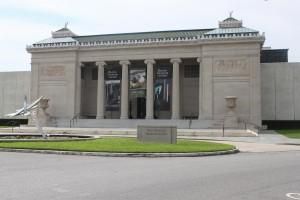
August 24, 2012
The New Orleans Museum of Art, which contains two New Orleans-themed exhibits nearing the end of their run, is an attraction everyone should experience. The NOMA has plenty to offer individuals of various ages and interest groups alike.
The majority of NOMA’s artwork is universally recognized, focusing on collections of American, French, African and Japanese art. The two most recent exhibits, however, encompass the New Orleans culture: “Leah Chase: Paintings by Gustave Blanche III” and “Ralston Crawford and Jazz,” which the museum has featured since April and June, respectively.
Leah Chase: Paintings by Gustave Blanche III
Blanche’s collection celebrates the revolutionary Chase and the historic Dooky Chase Restaurant, the only restaurant at the time of its opening where white and black citizens could dine together. Upton entering the exhibit located on the second floor of the Noma, visitors will first see the small dining table located in the center of a dark red room. This dining table has an interactive component titled “Share your story” for museum-goers. Blanche’s paintings are set up equidistantly around the room against a deep red wall. Blanche uses oil paint on wood as his painting method, rather than the more common oil paint on canvas tactic, to portray Chase as the “Queen of Creole Cuisine.” Blanche’s use of his artistic ability to showcase Chase may be the most interesting feature of this artist’s collection. Through his color choice and attention to detail, Blanche allows for the texture of certain objects to become visible, which photographs usually have a difficult time depicting.
Ralston Crawford and Jazz
“Ralston Crawford and Jazz” is a collection of Crawford’s artwork inspired by New Orleans, especially its jazz culture. Though Crawford has created abstract art with painting and drawing, however, the exhibit focuses primarily on his black and white photographs. Coming from a time period where segregation was a major issue, the black and white aspect of his work emphasizes the racial tensions of the mid-1900s. In Crawford’s 1954 photograph “Jake’s Barber Shop.” Crawford varies the balance of light and shadow to portray such racial tensions. Crawford uses this one photo in particular to demonstrate the repression black Americans faced. A black man sits to the left of a barbershop doorway underneath a shadow, contrasting the rest of the photo which is predominantly light.
Both “Leah Chase: Paintings by Gustave Blache III” and “Ralston Crawford and Jazz” are unique in that one features a New Orleans cooking icon, while the other uses New Orleans’ jazz as an inspiration. As different as these two collections may appear, they share a common goal: to capture two major aspects of New Orleans life and soul. Dining and music are two chief reasons tourists choose to visit The Big Easy. One cannot forget, however, the abundance and respectable quality of art in this admirable city.
NOMA is located at 1 Collins Diboll Circle, City Park and is only a 15 minute car ride away from campus. Admission is only $8 with a Splash card, and Wednesdays are free for everyone.

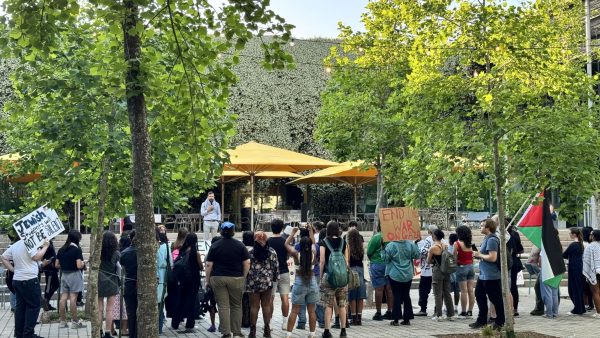
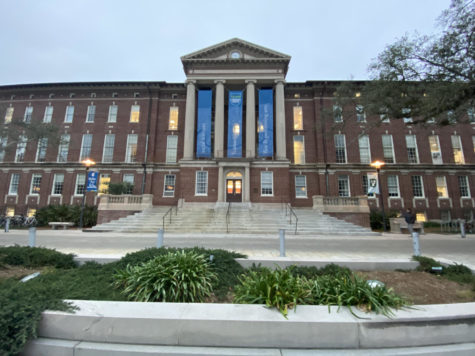
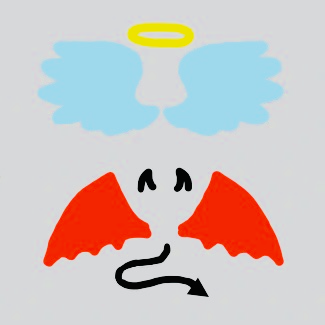

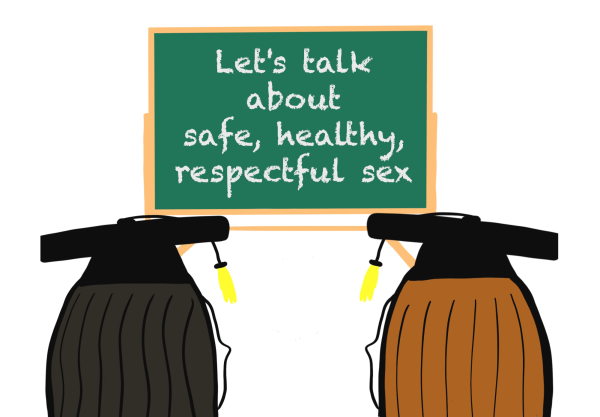
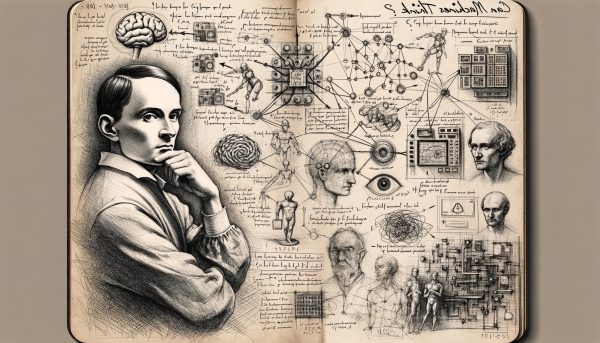
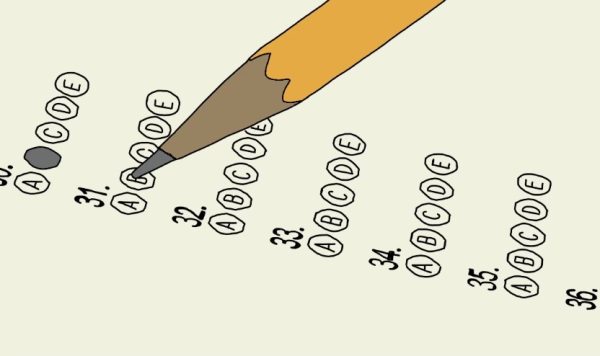
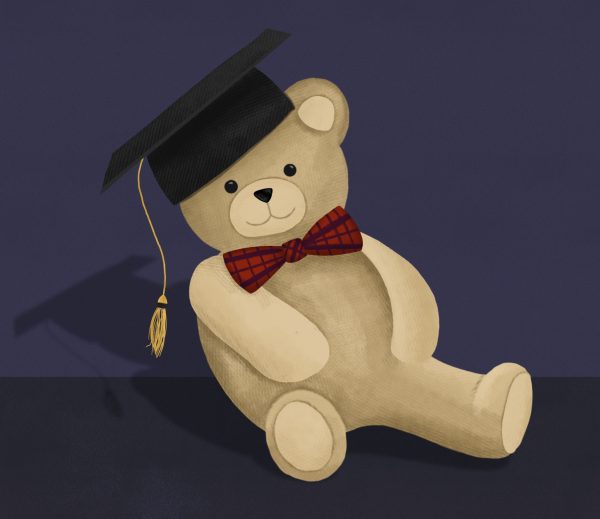

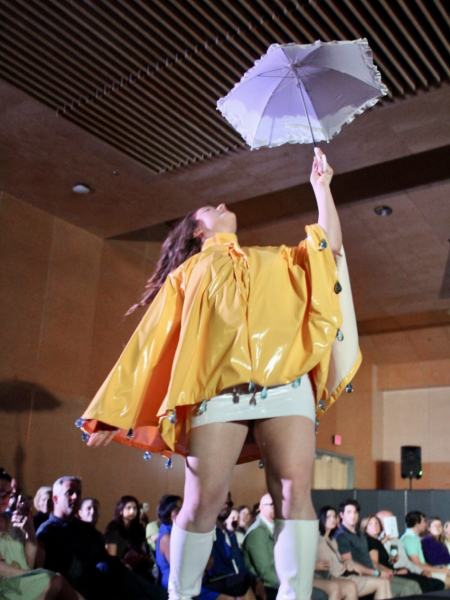
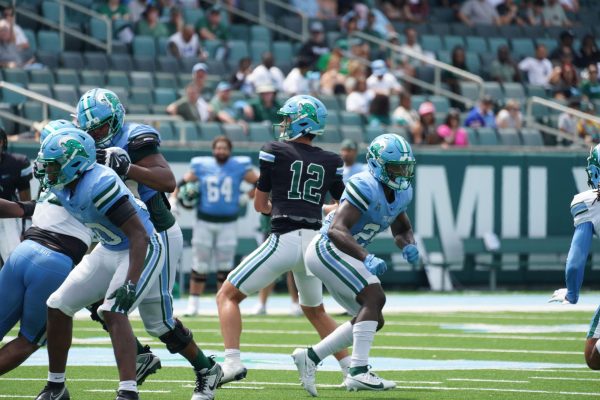


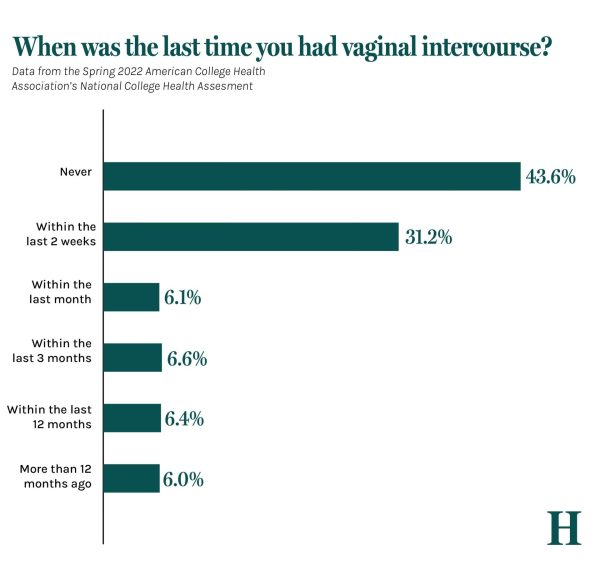
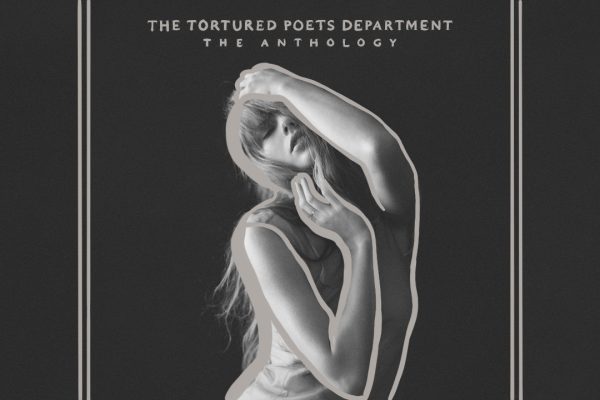





Leave a Comment